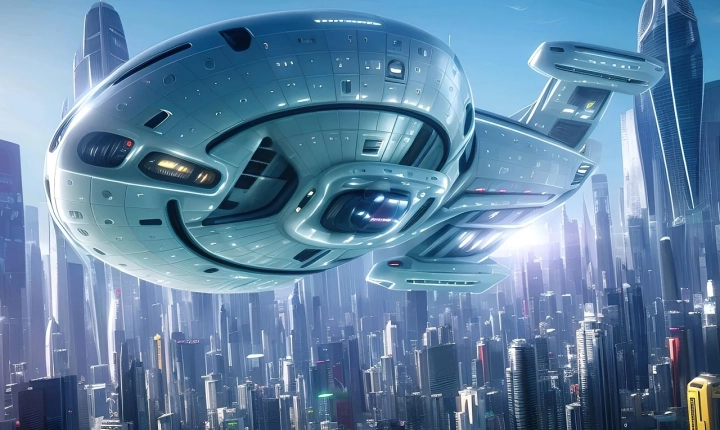Title: How to Train Your Own AI Art Generator
Artificial intelligence (AI) has been increasingly utilized in various fields, including the creation of art. AI art generators are popular tools that enable artists and creators to generate unique and stunning artworks through machine learning algorithms. By training your own AI art generator, you can explore the possibilities of blending technology and creativity to produce compelling visual art. In this article, we will discuss the steps involved in training your own AI art generator.
1. Choose the Right AI Platform:
Selecting the appropriate AI platform is crucial for training your AI art generator. There are several open-source platforms and libraries available, such as TensorFlow, PyTorch, and Keras, that provide a wide range of machine learning tools and resources. Each platform has its own strengths and weaknesses, so it’s important to choose one that aligns with your specific requirements and level of expertise.
2. Gather and Prepare Training Data:
Training an AI art generator requires a large dataset of diverse and high-quality artwork. You can collect images from public art galleries, online repositories, or even create your own dataset by gathering images from various sources. It’s essential to curate a balanced and representative dataset to expose the AI model to a wide range of artistic styles and genres. Additionally, you may need to preprocess the images to standardize their format and quality before using them for training.
3. Define the Neural Network Architecture:
Once you have your training data ready, the next step is to design the neural network architecture for your AI art generator. This involves choosing the type of model, such as convolutional neural networks (CNNs) or generative adversarial networks (GANs), and determining the layers, connections, and parameters of the model. It’s crucial to tailor the architecture to the specific attributes and nuances of artistic expression to achieve the desired results.
4. Train the Model:
Training the AI art generator involves feeding the prepared dataset into the neural network model and optimizing its parameters to learn the underlying patterns and characteristics of the input artwork. This process typically requires significant computational resources and may take several iterations to achieve satisfactory results. It’s important to monitor the training process, adjust the model’s parameters, and evaluate its performance to ensure effective learning.
5. Fine-Tuning and Evaluation:
After training the AI art generator, it’s essential to fine-tune the model and validate its output for quality and artistic coherence. This may involve adjusting the model’s hyperparameters, testing its responsiveness to different inputs, and evaluating the generated artwork based on artistic metrics and human judgement. Fine-tuning the model is an iterative process that aims to enhance the visual appeal and creativity of the generated art.
6. Deploying and Utilizing the AI Art Generator:
Once the AI art generator is trained and validated, it can be deployed as a tool for creating art or integrated into other applications. Artists, designers, and creators can utilize the AI model to generate a variety of artworks, experiment with different styles, and incorporate the generated art into their projects. Additionally, the AI art generator can be further refined and expanded to support new artistic styles and creative possibilities.
Training your own AI art generator can be a rewarding and captivating experience, providing a bridge between artificial intelligence and artistic expression. By following the steps outlined in this article, you can embark on a journey to explore the intersection of technology and creativity, unleashing the potential of AI to inspire and innovate in the realm of visual art.
